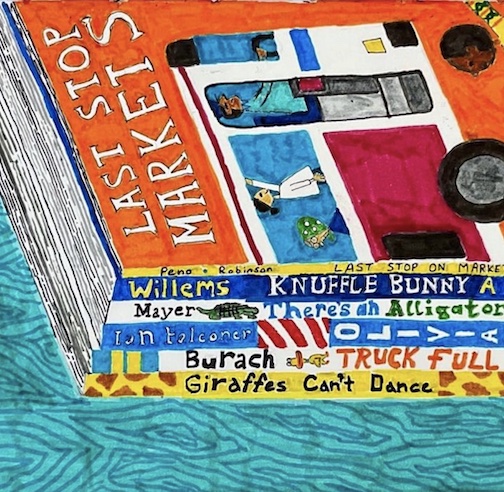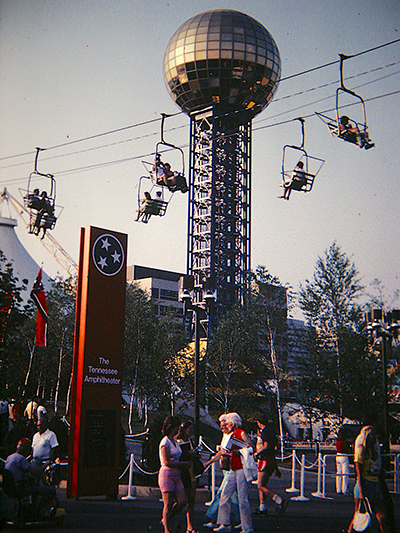That Close
A high-school cheerleader gets up close—but a long way from personal—with Stokely Carmichael during the March Against Fear in Memphis 1966
In the first week of June 1966, Stokely Carmichael was in Memphis. He had just taken over as chairman of the Student Non-Violent Coordinating Committee from John Lewis. A veteran of the civil-rights trenches, he had been arrested repeatedly since 1961’s Freedom Rides. At 24, he was becoming frustrated with the pace of change, doubtful it could be achieved without violence. In the first week of June 1966, Stokely Carmichael was days away from breaking with Dr. Martin Luther King Jr., days away from raising his fist as he emerged yet again from prison in Greenwood, Mississippi, and making his famous speech advocating “Black Power.”
In the first week of June 1966, in Memphis, I was a high-school cheerleader.
In the first week of June 1966, James Meredith, the first African-American to enroll in the University of Mississippi, decided to embark on a one-man March Against Fear from Memphis to Jackson, Mississippi. He made it only thirty miles before he was shot by 41-year-old Aubrey James Norvell in Hernando, Mississippi.
Within a day, civil rights leaders, including King and Carmichael, convened in Memphis at Meredith’s hospital bedside. On June 8, they announced that the 220-mile march would resume—in Meredith’s name.
On the day it began, I had never heard of the March Against Fear. I was driving my mother’s 1963 white Ford Galaxie downtown to go shopping. I had two girlfriends in the car. It was hot, the car windows were rolled up, the air conditioning and the radio both turned up full blast.
One minute we were bopping along, singing and swaying to the radio, and the next minute we were hemmed in on all sides by angry, frustrated marchers, filling the street from curb to curb. For a few seconds, I was afraid they would start rocking the car and roll it over, as rioters had in Watts a year before. After all, we were white, and they were black.
Crowds of black men in suits and black women in Sunday hats and sturdy shoes, all carrying signs, thronged the street. We couldn’t smell their sweat because the windows were rolled up. We couldn’t hear their voices because the radio was too loud. The scene seemed to exist in black and white, except for the green fake leather interior of the car.
We came to a complete stop, unable to move. I looked up at the man outside my car window and realized he was Stokely Carmichael. I had seen him on television. This dangerous man was standing right next to me.
He leaned against the car, pressed on all sides by other marchers. He glared at me, impersonally. His short Afro seemed frozen around his face. My friends were probably yipping in alarm, but I remember only staring into his sad, angry eyes. I believed then what I’d been told: that Stokely Carmichael, H. Rapp Brown, Martin Luther King, were all dangerous, a threat to everything our racist white Southern society was trying in vain to preserve—no black children going to white schools, no black children swimming with white children, no black girls trying on clothes with white girls in the department store dressing rooms, no black men competing with white men for jobs.
I had heard of SNCC. The very name sounded evil, snick, like a knife cut or a lock snapping closed.
Stokely Carmichael and I were close enough to have put our hands together, palm to palm, with only window glass between them. He was dressed differently than the other men. He was electric and young and intense. His anger showed only in his eyes and the tightness of his face.
To Stokely Carmichael I’m sure we were irrelevant, just little white girls in a block-long car. Probably he didn’t even see us, focused instead on the 220 miles of rural Mississippi ahead of him.
Not long before his death in 1998, a reporter for The Washington Post asked Carmichael, who had changed his name to Kwame Ture and lived in Guinea, how he kept going through those years of beatings, and threats, and jail. “The secret of life is to have no fear; it’s the only way to function,” he answered. “You just wipe it out.”
It seems impossible, but maybe I picked up on that secret, that feeling of invulnerability, because I let go of my own fear. We were within the corona of Stokely Carmichael’s fortuna, the mantle of fate that falls upon the shoulders of kings and warriors, and were safe.
As my fear subsided, my adolescent appetite for risk woke up. The situation became more exciting than scary. “Wow! Stokely Carmichael! Cool!”
The crowd parted imperceptibly. I pushed the big old grill of the Galaxie forward an inch toward downtown Memphis. Stokely Carmichael moved an inch toward Jackson. Someone honked, and we moved apart two more inches. Then, in a flash, we were through the crush of marchers.
We made it downtown and bought shorts at Goldsmith’s, where they still had “white” and “colored” signs over the double sets of water fountains and bathrooms. We may have gone from Goldsmith’s to the Rendezvous, where the black waiters knew every nuance of jiving white folks and making them love it.
We left downtown as the sun set over the river. We undoubtedly cranked up the radio. We may have rolled down the windows to sing “Summer in the City” out the windows as loud as we could, because it was hot now.
Copyright (c) 2009 by Lyda Phillips. All rights reserved.


